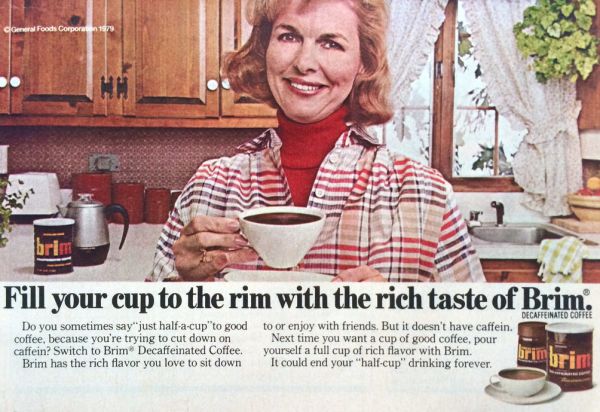After heady success in the 70s and 80s, the fashion brand fell victim to the dark side of licensing.
It began, as it does with so many brands, with a hefty slice of luck. Thirty nine-years ago, Mildred Custin, a fashion buyer from famed department store Bonwit Teller, got out of a hotel lift on the wrong floor and found herself in a small design studio.
Her confusion quickly changed to astonishment as she surveyed the coats and suits being created by the young designer from the Bronx working there. Before leaving, Custin placed an order for $50,000-worth of merchandise. Calvin Klein was on his way.
The brand’s fame grew quickly among the New York elite. Calvin Klein’s couture line for women established the brand as one of the hottest names in American fashion. By the late 70s, the brand’s prominence had attracted a raft of licensees.
Licensing is an invisible world to most consumers, who believe that if a garment carries Calvin Klein’s name on the label, it must be made by his company. In reality, only a tiny proportion of the products that carried the logo during the 80s and 90s was actually produced by Calvin Klein. Instead, most of the brand’s sales came from licensed arrangements for coats, accessories, watches and jewellery, hosiery, swimwear, and fragrances.
Typically, brands enjoy royalties of between 5% and 20% of the wholesale price of a licensed garment. However, the strength of the Calvin Klein brand combined with its apparent flexibility across a huge array of categories ensured that the company enjoyed some of the best royalty arrangements in the world.
Marketing gurus will trot out examples such as YSL and Gucci and conclude that licensing is brand poison. The reality is not so simple. Calvin Klein proved that licensing can be an effective strategy.
When the organization tried to manufacture its own products, the high costs of production combined with problems of excess inventory almost destroyed it. Most brands are simply not big or diverse enough to produce and merchandise the products that the global market demands. By 1999, 90% of the company’s revenues came from licensees, which produced the brand in more than 40 different categories.
However, there is a dark side to licensing. Klein discovered it the hard way in 2000, when he tried to sell his company for a rumored figure of $1bn. Too much of its success was tied up with other organizations, and a buyer could not be found.
Another major downside of Calvin Klein’s licensing was its increasingly confused brand architecture. A multitude of products at different price points left consumers unsure of the positioning of the brand. This dilution was compounded by licensees dependent on sales from discount retailers, where revenues are brisk but brand equity is bruised. In extreme cases, Calvin Klein’s licensees simply ignored their original agreements with the brand. Klein went so far as to sue one major licensee in 2001 for ‘serious problems as to the quality and the value and the design of the product’.
All this took a toll on the brand, and by 2001 many US department stores had stopped carrying Calvin Klein’s top-end collections. Defying its couture origins, the brand became associated with fragrances and accessible fashion. A recent survey by the Luxury Institute ranked Calvin Klein first for familiarity among rich US women, and last for status. Ouch.
Yet, just when it seemed that Calvin Klein’s best days were behind it, a savior emerged.
Now read this on Calvin Klein’s remarkable turnaround and how it was achieved.
30 SECONDS ON … CALVIN KLEIN
– In the 70s the brand was synonymous with sleek US minimalism and the urban, unisex lifestyle.
– The brand was founded in 1968 by Calvin Klein and friend Benny Schwartz. Klein provided the creative impulse, as a recent graduate of Manhattan’s Fashion Institute of Technology. Schwartz provided the business savvy and $10,000 needed to start their venture.
– A series of racy jeans ads in the 80s featured a 15-year-old Brooke Shields provocatively declaring: ‘Nothing comes between me and my Calvins.’
– The sexually charged theme continued in 1993 with a Marky Mark campaign for Calvin Klein’s underwear line. The ads featured a toned Mark Wahlberg in boxers holding his crotch.
– Klein was comfortable with the overt sexuality of his advertising, commenting: ‘Years from now I believe someone may look at all the commercials I’ve done and view them as a vignette of the times, a reflection of what people were thinking.’
The Blake Project Can Help: The Brand Positioning Workshop
Branding Strategy Insider is a service of The Blake Project: A strategic brand consultancy specializing in Brand Research, Brand Strategy, Brand Licensing and Brand Education




